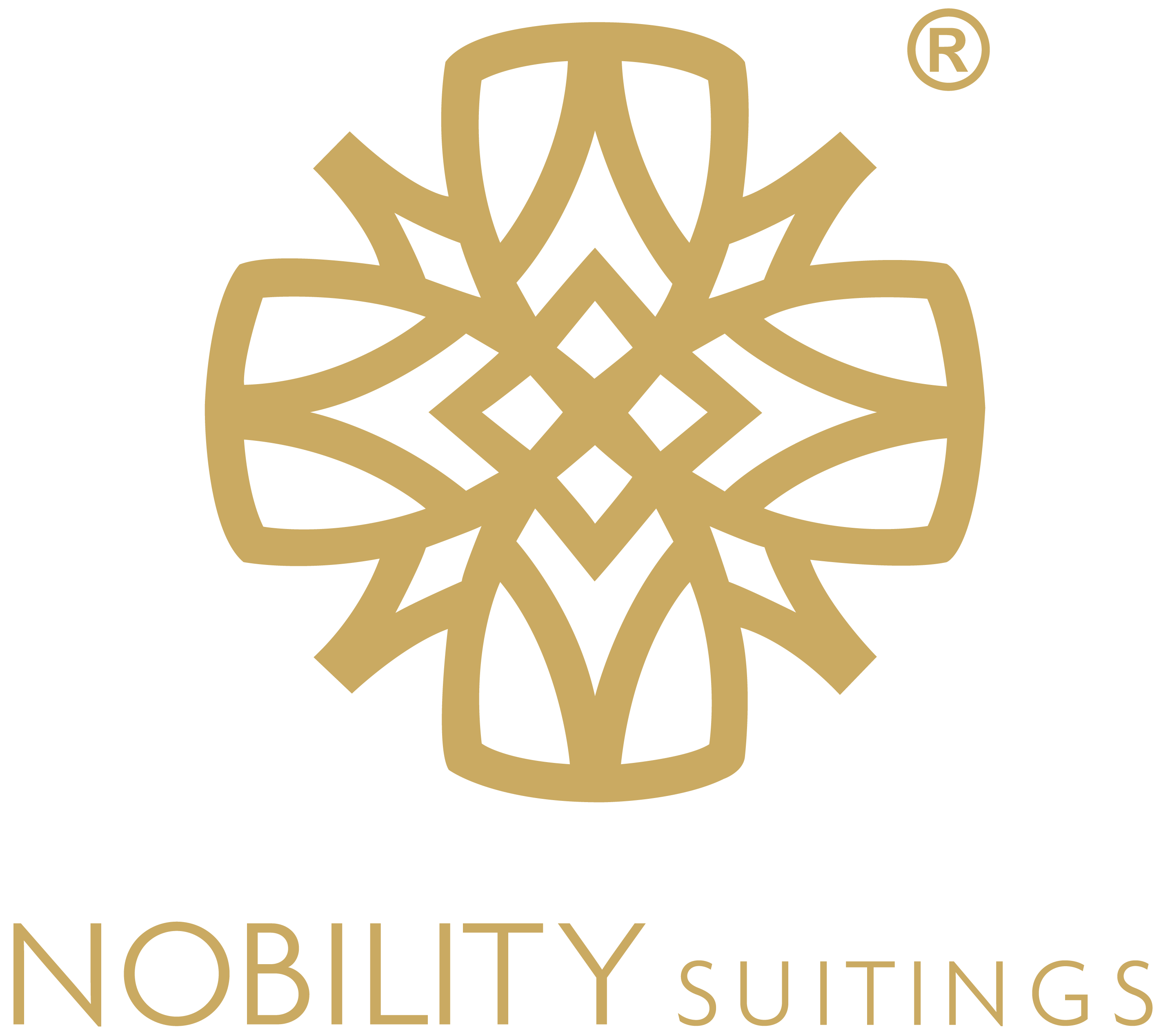Recognizing Authenticity in Pure Wool Fabric
Understanding What Constitutes Pure Wool
Real pure wool comes straight from sheep fleece with no mixing in synthetics or other materials. What makes genuine wool stand out? It has those special qualities that blended fabrics just can't match. People who know their textiles can spot the difference between pure wool and cheaper alternatives. For shoppers wanting something that lasts and feels luxurious, knowing how to tell if fabric is truly wool matters a lot. Manufacturers also need this knowledge since customers expect certain standards when they pay premium prices for what should be top quality material.
The Importance of Authenticity in Wool Products
Authenticity guarantees that the fabric delivers the expected performance such as warmth, breathability, and resilience. It also assures consumers that the product meets ethical and environmental standards linked to wool sourcing. Mislabeling or blending with cheaper fibers can degrade fabric quality and consumer trust.
Common Types of Wool to Know
Different types of wool vary in fiber fineness, length, and texture. Merino wool, for example, is prized for its softness and fine diameter, while coarse wool types are typically less desirable in luxury clothing. Understanding these distinctions helps in identifying genuine pure wool products.
Visual and Physical Tests to Identify Pure Wool
Appearance and Texture Inspection
When holding pure wool fabric, most people notice its soft texture with those tiny little fuzz balls sticking out here and there. The material tends to feel quite warm against skin, sometimes giving off that subtle glow that makes it look almost alive. Synthetic fabrics tell a different story altogether. They tend to be too smooth, almost plastic-like in appearance, lacking that organic character of real wool. If someone runs their hand across genuine wool, they might actually feel these natural crimps running through the fibers something that just doesn't happen with man made materials. These tiny structural differences make all the difference when it comes to comfort and durability.
The Burn Test
One tried and true way to tell if something is made from pure wool is by doing a simple burn test. Take a tiny piece of the fabric, hold it over a flame, and watch what happens. Real wool will smell just like burnt hair when it burns, and after it's done, there'll be some leftover ash that crumbles easily between fingers. On the flip side, synthetic materials usually melt into gooey messes and give off those strong chemical smells we all associate with plastics. Important note though this isn't something to try at home without proper safety gear. Best to do these tests where there's good ventilation and no risk of setting anything else on fire nearby.
The Water Absorption Test
Wool fibers are hygroscopic, meaning they absorb moisture readily. Genuine wool will absorb a drop of water slowly, often darkening as it soaks in. Synthetic fibers repel water or absorb it quickly without darkening. This simple test helps differentiate wool from many polyester or acrylic blends.
Technical and Labeling Indicators of Pure Wool
Fiber Content Labels and Certifications
Authentic pure wool fabrics are often certified by organizations such as the Woolmark Company, which provides a quality guarantee and trademark assurance. Labels should clearly state 100% wool or pure wool, and include care instructions tailored to wool’s properties.
Microscopic Fiber Analysis
Under a microscope, wool fibers show distinctive scales on their surface, unlike smooth synthetic fibers. Textile laboratories and experts use this method to confirm fiber composition with high accuracy, which is especially important for high-value luxury products.
Thermal and Elasticity Properties
Pure wool exhibits excellent thermal insulation and natural elasticity. Testing fabric stretch and recovery or thermal conductivity can provide clues about wool content. These tests are more technical but useful in quality control and certification.

Practical Tips for Consumers to Identify Genuine Wool
Buying from Reputable Retailers and Brands
Purchasing from trusted sellers with transparent sourcing policies reduces the risk of counterfeit or blended wool products. Luxury brands typically invest in certification and quality assurance.
Checking for Price Consistency
Pure wool fabrics generally command higher prices due to the cost of sourcing and processing. An unusually low price may indicate blends or inferior materials.
Touch and Feel Test
Consumers can gently rub the fabric against their skin to detect softness and warmth, hallmark traits of pure wool. Scratchy or cold-feeling fabrics are often blends or synthetics.
Maintenance Clues Indicating Fabric Authenticity
How Wool Reacts to Washing and Wear
Pure wool tends to retain shape and softness with proper care, while blends may lose resilience quickly. Pilling or shedding patterns can also suggest fiber composition.
Odor and Comfort Over Time
Wool’s natural properties prevent odor buildup and maintain comfort even with extended use, unlike synthetic fibers that may trap sweat odors.
FAQ
Can the burn test damage the fabric?
Yes, the burn test involves destroying a small fiber and should be done carefully on an inconspicuous area or a fiber sample.
Is the Woolmark label a reliable indicator of authenticity?
Yes, the Woolmark certification is widely recognized as a standard for genuine wool quality.
How can I tell if my wool fabric is blended?
Blended fabrics often feel less warm or resilient, and may lack the natural texture and elasticity of pure wool.
Are synthetic wools good substitutes?
While synthetic fibers can mimic some wool properties, they typically lack breathability, natural moisture management, and sustainability features of genuine wool.

